Burnsville Center: Planning and Construction (1971-1976)
In May 1971, Sears and Powers announced a plan to develop a regional shopping center in Burnsville, Minnesota. They acquired a 114-acre plot located at the southwest corner of Interstate 35W and County Road 42.
The Homart Development Company, a subsidiary of Sears, revealed detailed plans in June 1973.
They aimed to construct a 1.4 million-square-foot shopping center at an estimated cost of $30 million. At the time, this would be the largest retail development in the area.
The developers anticipated a late 1975 or early 1976 opening. However, delays pushed the groundbreaking to spring 1974.
Originally named Burnhaven Shopping Center, the project neared completion in late 1976 despite concerns over sluggish population growth and a recession affecting the region.
Homart remained confident in the project's commercial viability. They marketed the mall's design as forward-thinking, emphasizing amenities for handicapped shoppers - an approach notable well before the Americans with Disabilities Act of 1990.
Construction progressed smoothly, with the planned opening rescheduled to August 1977. By late 1976, the mall had secured tenants, finalized interior spaces, and prepared for retail operations.
Once undeveloped, the area around the future Burnsville Center was primed for economic activity, laying the foundation for growth in the retail and real estate sectors.
Opening and Early Success (1977-1979)
Burnsville Center officially opened its doors on August 3, 1977. The event drew 29,000 visitors and filled 10,800 parking spots, highlighting the community's excitement for this new retail destination.
The three original anchor stores - Sears, Dayton's, and Powers Dry Goods - set the tone for the mall's mid-to-upscale offerings.
On opening day, the mall featured around 95 stores out of a planned 165, including GNC, Foot Locker, RadioShack, and B. Dalton Bookseller. Early tenants reported strong sales, showing that the mall filled a retail gap in the southern suburbs.
In 1978, JCPenney announced its decision to join the mall as a fourth anchor, further boosting Burnsville Center's profile.
Reports from that year indicated that business exceeded expectations, with many retailers expressing satisfaction with their initial performance. The mall quickly became a retail hub, drawing consumers away from smaller, outdated shopping areas.
The late 1970s set a solid foundation for Burnsville Center's growth. Its strategic location near Interstate 35W and the presence of popular retail chains established it as a key player in the Twin Cities retail market.
The momentum from its early success allowed the mall to add more stores and services, strengthening its position in the competitive landscape.
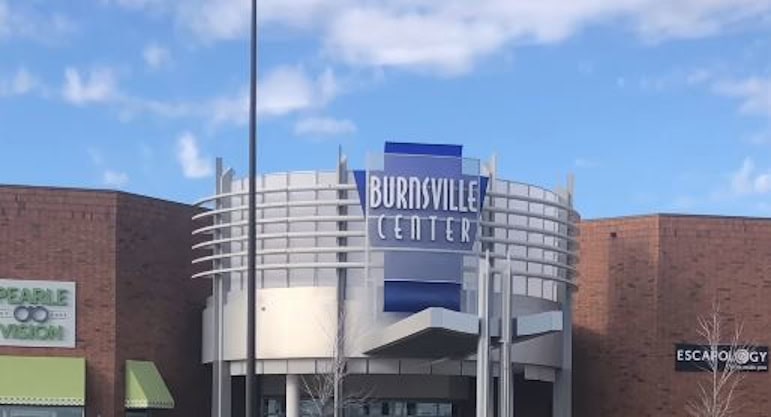
Ownership Changes and Challenges (1980s)
In 1983, Homart sold Burnsville Center to Corporate Property Investors (CPI), a New York-based company. By 1984, Pembrook Management took over day-to-day operations. These changes marked the beginning of shifting ownership, which would later define the mall's trajectory.
In 1985, Donaldson's replaced Powers Dry Goods after acquiring the chain. This marked the first anchor change at Burnsville Center, highlighting how quickly retail landscapes can evolve.
The late 1980s saw Burnsville Center grapple with increased competition. Despite being the area's largest mall, it placed only seventh in sales volume among Twin Cities shopping centers in 1985.
The drop in sales underscored emerging challenges as other malls like Eden Prairie Center and Southdale Center attracted shoppers. Yet, when the mall celebrated its 10th anniversary in 1987, 66 of the original tenants remained, showing resilience in a shifting market.
In 1989, the mall underwent upgrades. Management replaced the carpeted ramp between floors with elevators and stairwells, increasing the food court capacity from 180 to 490 seats. They also modernized restrooms, adding changing stations and other conveniences.
While these changes addressed some needs, Burnsville Center had to continually adapt to remain competitive in a rapidly changing retail environment.
Competition from Mall of America (1990s)
The opening of Mall of America in 1992 changed everything for shopping centers in the Twin Cities, including Burnsville Center.
With over 4.8 million square feet of retail space and its status as a national destination, Mall of America drew attention and shoppers away from traditional regional malls like Burnsville Center. Retailers and management felt the pressure to respond.
Burnsville Center adjusted its strategy to retain shoppers. They extended weekend hours and targeted dual-income households with flexible shopping times.
Despite these efforts, Mall of America set a new standard for retail experiences, leading shoppers to expect more entertainment, dining, and specialty stores under one roof.
In 1998, CBL & Associates purchased Burnsville Center for $81 million. By then, the mall was 20 years old and had started to feel dated compared to the newer, flashier competition.
The purchase hinted at a push to reinvest and modernize, but the real impact of nearby competition loomed large throughout the decade.
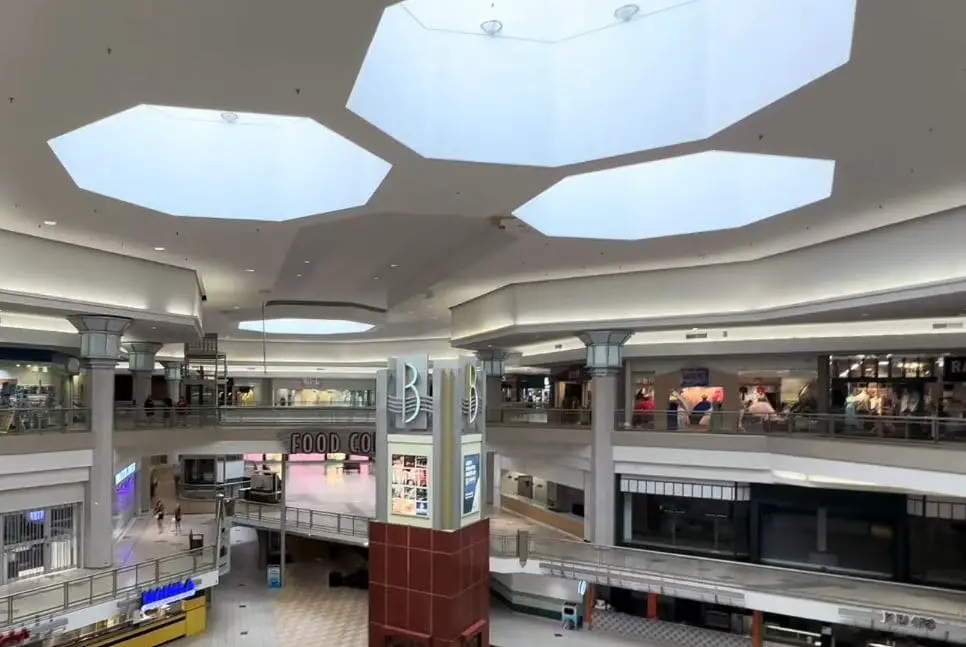
Renovations and Store Changes (2000s-2010s)
The 2000s brought overdue renovations to Burnsville Center. In 2001, the mall underwent its first comprehensive remodel since opening 24 years prior.
The upgrades included a new carpet, a revamped food court, fresh lighting, and a carousel to attract families. Some changes reflected broader retail shifts - Dayton's rebranded to Marshall Field's in 2001, only to become Macy's by 2006.
Retail volatility continued. Mervyn's, one of the key anchors, closed in 2004. Management split the vacated space into two: Steve & Barry's occupied the lower level, while Dick's Sporting Goods took over the upper level.
A lifestyle center was added near Dick's, featuring an exterior plaza and a 50-foot-tall stone hearth fireplace. The mall briefly hosted a carousel, but it was removed after just five years.
Though these changes aimed to refresh the mall, it was clear that Burnsville Center faced growing challenges. Other area malls, like Southdale Center and Rosedale Center, aggressively updated their offerings, while Burnsville Center's efforts seemed more about playing catch-up.
The mall's struggle to find its identity in a changing retail environment foreshadowed the challenges it would face in the next decade.
Decline and Financial Struggles (2017-2020)
By 2017, cracks in Burnsville Center's future became more apparent. Sears, a staple since the mall's opening, shut down its doors in September 2017 as part of a broader wave of closures. Losing Sears wasn't just about losing an anchor tenant - it highlighted deeper problems in retail.
In 2020, the situation grew dire. The COVID-19 pandemic hit malls hard, and Burnsville Center was no exception. Foot traffic plunged as stores struggled to stay open. Gordman's, another tenant, filed for bankruptcy and closed shortly after.
The mall's owner at the time, CBL & Associates, defaulted on a $64.5 million loan, pushing Burnsville Center into foreclosure. In October 2020, the mall's debt was auctioned off for just $18 million to Kohan Retail Investment Group, a company known for buying distressed properties.
Foreclosure marked a low point. The purchase price reflected how much the mall's value had eroded. The auction only included the non-anchor portions of the mall - Macy's, JCPenney, and the empty Sears lot remained separately owned. Burnsville Center was clearly in survival mode, with no clear plan for revitalization.
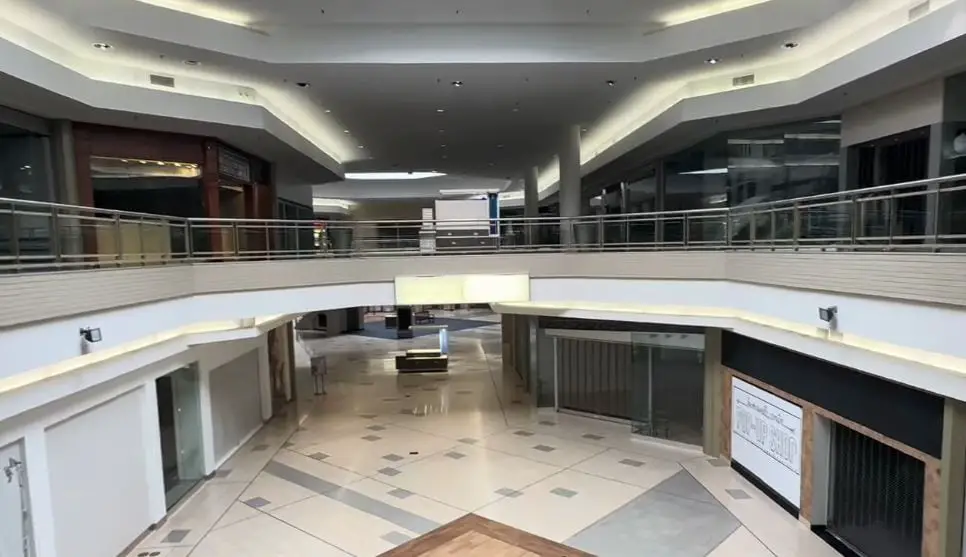
Current Ownership and Future Prospects (2022-2024)
In February 2022, Pacific Square Burnsville LLC, along with Marshall Nguyen, purchased part of the mall for $10.6 million. This deal included the sections anchored by Dick's Sporting Goods.
The new owners hinted at redevelopment plans, signaling a shift from traditional retail to mixed-use spaces, which many dying malls across the country have embraced.
By May 2023, the former Sears building, left vacant and decaying, was declared a fire hazard by the City of Burnsville. This once-proud anchor spot had become a symbol of the mall's decline.
In September 2023, Pacific Square and Wyn Group took control of more of the mall property, excluding the remaining anchor stores. They announced intentions to breathe life back into the space through redevelopment, focusing less on retail and more on community-driven uses.
As of August 2024, Burnsville Center stands at a crossroads. The retail landscape has moved on from the era of sprawling, single-purpose shopping centers.
The mall's future depends on the success of these new redevelopment plans. Whether it evolves into a mixed-use hub or faces further deterioration, Burnsville Center's story reflects broader shifts in American retail.
Early project phases, including significant upgrades to the mall's infrastructure and surrounding areas, are expected to launch in 2024. These developments come after years of uncertainty and reflect a concerted effort to avoid letting Burnsville Center follow the fate of many dying malls across the country.

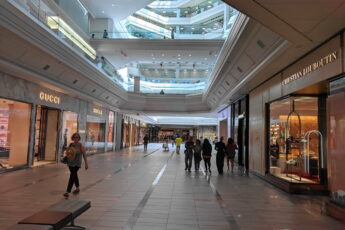

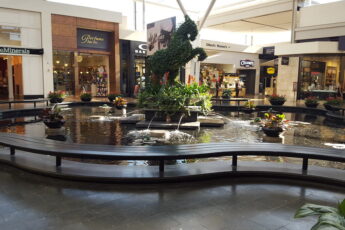
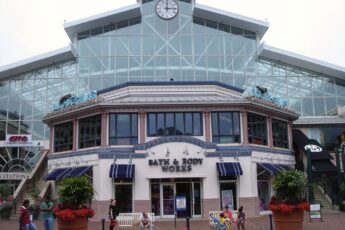

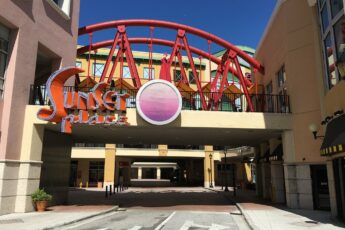

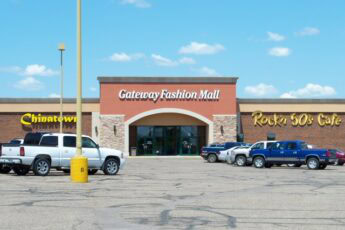
At this point it just needs to be bulldozed down and move forward with whatever the new direction will be.
Change can be tough, but sometimes it's exactly what’s needed. Thank you for your comment!Change can be tough, but sometimes it's exactly what’s needed. Thank you for your comment!